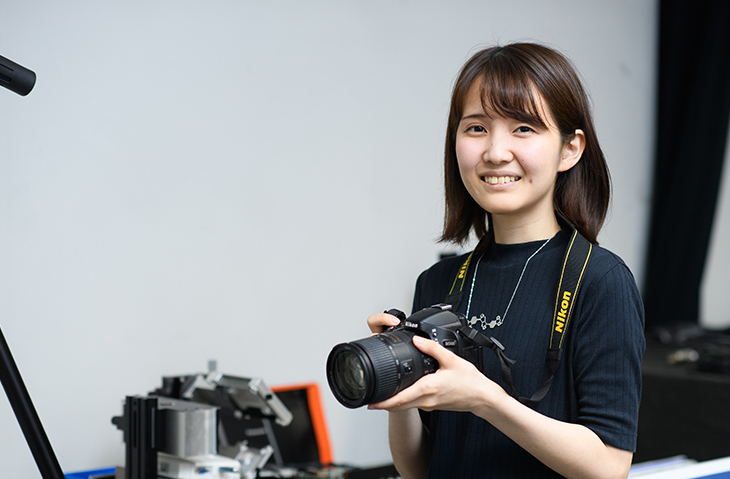

Mayuka Tsuji
Graduate School for Advanced Science and Technology
Information Science
Optical Media Interface Laboratory
- Academic Year
- Master's Course 2nd
- Hometown
- Fukuoka, Japan
- Background
- Fukuoka PrefectureCareerKyushu Institute of Technology, Faculty of Information Technology, Department of Life Information Engineering (dropped out of third year due to skipping a grade)
- University research
- Bioinformatics
- Graduate research
- Developing new image sensing methods that integrate optical measurement system design and image processing.
Why I chose NAIST
The university that took care of me as an undergraduate was a very nice place, but I was thinking about going on to the Ph.D. program (D advancement), and I wanted to train both research and living independence away from my parents' home while I was still a master's student.
I chose NAIST mainly because it was possible to skip the off-campus admission, the research environment was excellent, and I would be able to spend five years there without any worries. In addition, NAIST is located in Nara Prefecture, which is inexpensive and safe, so I could live alone for the first time with peace of mind and concentrate on my research without having to work part-time.
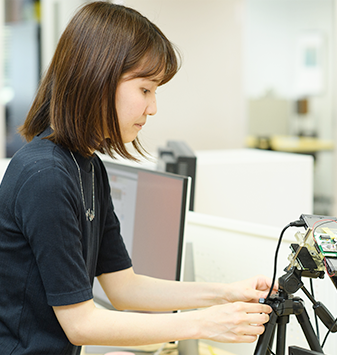
![]()
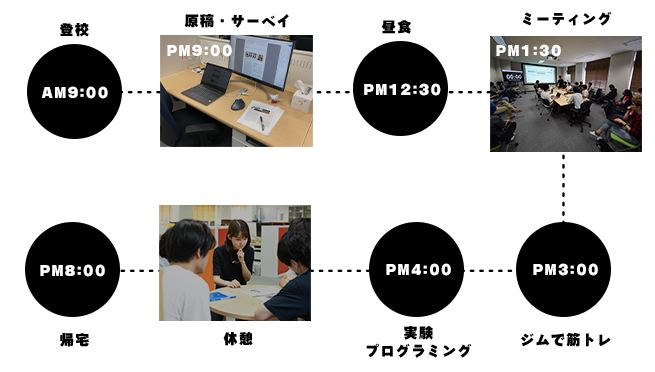
Introduction to our lab.
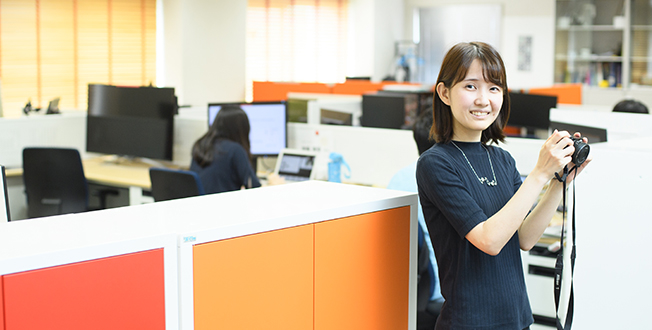
The philosophy of the Optical Media Interface Laboratory is to create new interfaces by focusing on the physical phenomena of light in space until it reaches the eye (or lens). Based on this philosophy, research is conducted in four areas: computer vision, computer graphics, computational photography, and optical system design.
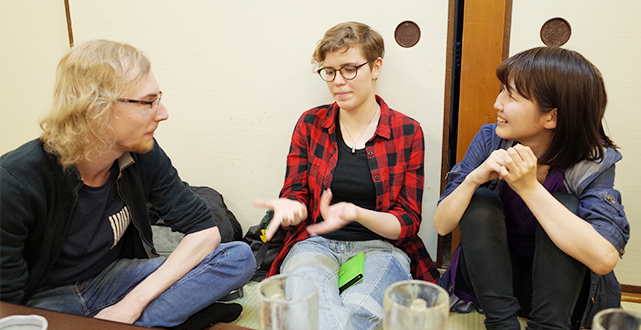
Our lab is active in personnel exchange with overseas universities, and last year we had six research interns from France and one from the United States. Thanks to them, I have been able to help international students with government procedures and smartphone contracts, I have been able to follow oral presentations at international conferences, and I have noticed that my English skills have improved dramatically without even realizing it.

Number of people in the lab (unit: people)
| Professor | Associate Professor | Visiting Associate Professor | Assistant Professor | Master's Degree | Doctoral Degree | Trainee |
|---|---|---|---|---|---|---|
| 1 | 1 | 1 | 1 | 18(3) | 3 | 1(1) |
※The number in parentheses next to the number of researchers is the number of female researchers.
HP of Optical Media Interface Laboratory
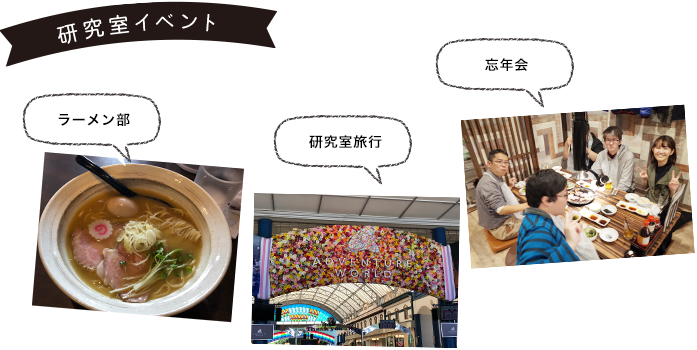
Conference Presentations
CICP
In the Department of Computer Science, there is a research project called CICP, where students can freely propose and carry out research topics they want to do independently of the lab. I applied for this project last year, was accepted, and presented the results of my research at a national conference in March.
I had a hard time because all the interviews and presentations were conducted in English, but I feel that it was a very valuable experience for me to receive research funding and develop a set of research skills as a first-year master's student.
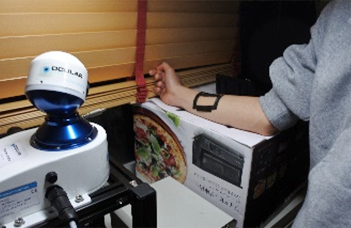
The 26th Symposium on Image Processing (SSII2020)
I presented the results of my research, which is different from the CICP mentioned above, in June. It is a very large conference with 2300 attendees.
Although the symposium was held online due to COVID-19, we took full advantage of our lab's facilities to broadcast the demonstration live while switching cameras on the day of the symposium, and we won the audience award (first voted by the attendees).
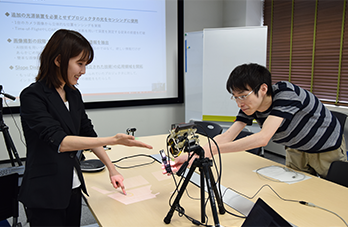
How to spend holidays
Kansai is rich in culture, so I enjoy visiting museums, temples, shrines, and Buddhist temples on my days off. I usually go out on my own, but sometimes I go to exhibitions or Noh plays with my friends.
NAIST also organizes bus tours several times a year. I was able to enjoy the Heian Jingu Shrine, Kyoto Museum of Modern Art, Todaiji Temple, etc. with a guide's commentary (in English). I still keep in touch with the international students I made friends with on that tour.
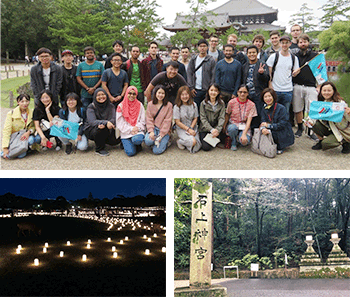
![]()
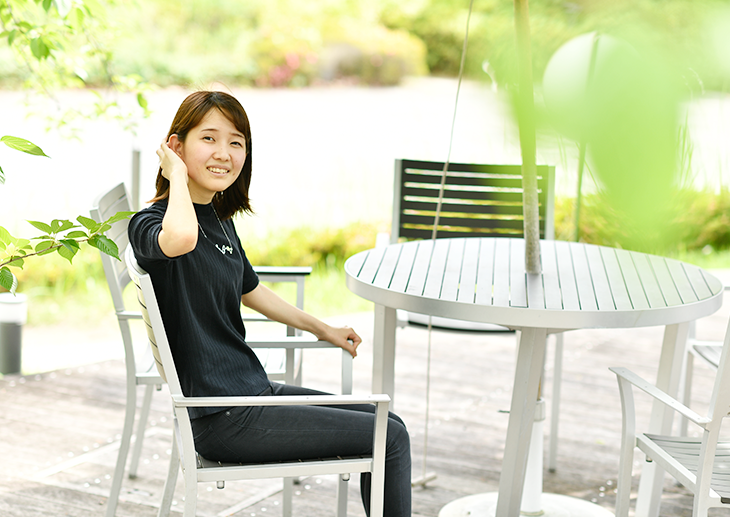
Especially in a community with few women, being a woman can have a greater impact than being a woman, and no matter what your personality is, it tends to be uniformly categorized by mysterious forces such as the "○○jo" group. In contrast, NAIST is diverse because all the students come from outside the university, and I feel very fortunate to be able to devote myself to research without feeling guilty about my label.
However, the percentage of women in computer science is quite low, not only at NAIST. I am a little concerned that this may lead to a bias that "computer science is a biologically unsuitable field for women" when choosing a career path. I feel that this is not true at all, and I would like to express my hope that anyone who is interested in this field should challenge it with confidence in their own way of being, under the title of "female graduate student.

(July 2020)






